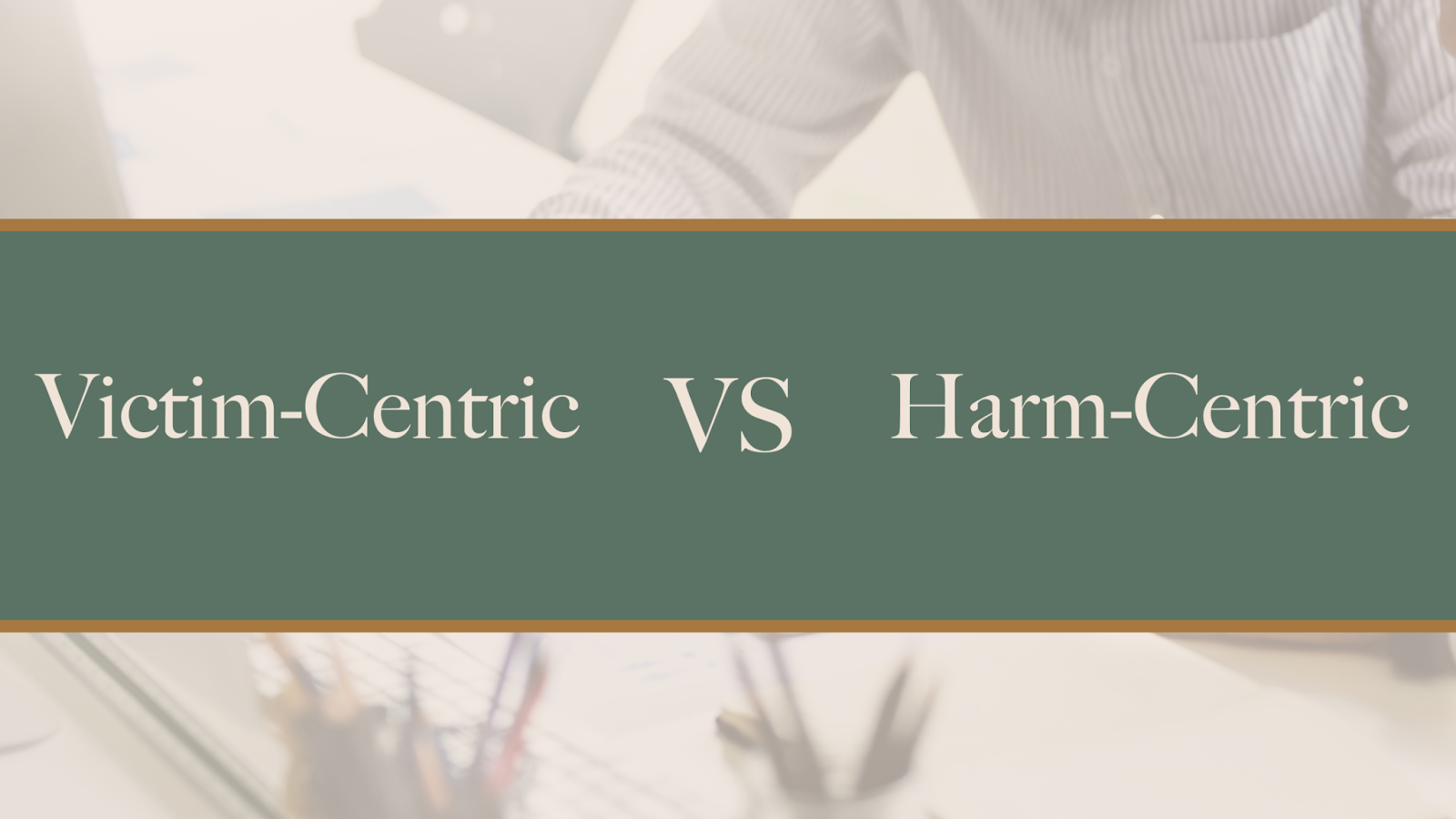In conflict resolution, is being victim-centric always the right approach?
The way an organisation responds to conflict tells us a lot about its culture and its values. Similarly to how an individual’s trigger points are revealed based on how they respond to stress, these reflexive responses teach us a lot about who we are organisationally.
We’ve all heard a lot about psychological trauma and its impacts in the last few years. From ‘trigger warnings’ to the personal growth movement to the never-ending stream of psychological testing options to help you uncover who you really are, trauma-aware and trauma-informed terminology has become much more present in our conversations.
This is fantastic. Awareness of trauma and its impacts on our behaviour and relationships is essential to get through harm and connect with each other.
Given the increased attention on trauma, why would anyone flinch when hearing the term ‘victim-centric’? Of course we care about victims, and of course we want them and their harm to be placed at the centre of our responses.
But how often is that really happening within the workplace? Do we really know what that means?
There are a few reasons why this proclamation doesn’t always work for victims:
Oftentimes, a well-meaning responder will claim the use of a victim-centric response because they personally cared about the victim. Meanwhile, their traditional adversarial and investigative process is rolled out, without taking pause to listen to the particular victim in front of them.
It’s not always so clear who the ‘victim’ is. When multiple parties wind up hurt in the wake of conflict or misconduct, whose harm do we rank above the other to name that person the ‘victim’?
We owe a degree of compassion to all parties in our communities. Particularly within the workplace environment, we have equal responsibilities to all parties in a situation as members of our organisation.
So, let’s re-frame. Let’s be harm-centric.
To be clear, this doesn’t reduce the importance of the victim. When we’re harm-centric, those harmed are naturally placed at the centre of our process.
Being harm-centric allows us to see the harm as separate from the individuals. No one likes to feel like a victim, nor to be labeled as one. Restorative practices teach us to separate the person from the behaviour. We all know we are more than the worst thing we’ve ever done - or experienced - so why are we insisting that people adopt the role of victim in order to get their voice prioritised in an already uncomfortable process?
Here’s how it works:
An incident occurs. One or more individuals are harmed. From day dot, we ask those most impacted, “What happened? What’s important about what happened? Who do you need to understand your harm?” and importantly, “What would you like to see done about it? How can we support you for this to happen?”
Conflict management in the workplace can itself cause a lot of harm within teams and for the culture of the organisation. As organisations become more aware of the importance of staff wellbeing and the impacts of harmful behaviour on individuals, we’ve started shifting conflict management towards being more victim-centric, and yet still guided by a process rather than being guided by the participants’ unique needs.
A simple reframe to place harm at the centre of the issue and to separate it from a person’s identity in a situation makes the responsive process more palatable. The questions are gentler and are more solutions-focused, aiming to hold both the individuals’ well being and justice needs in tandem.
How can a harm-centric model of response be beneficial for you and your organisation?


